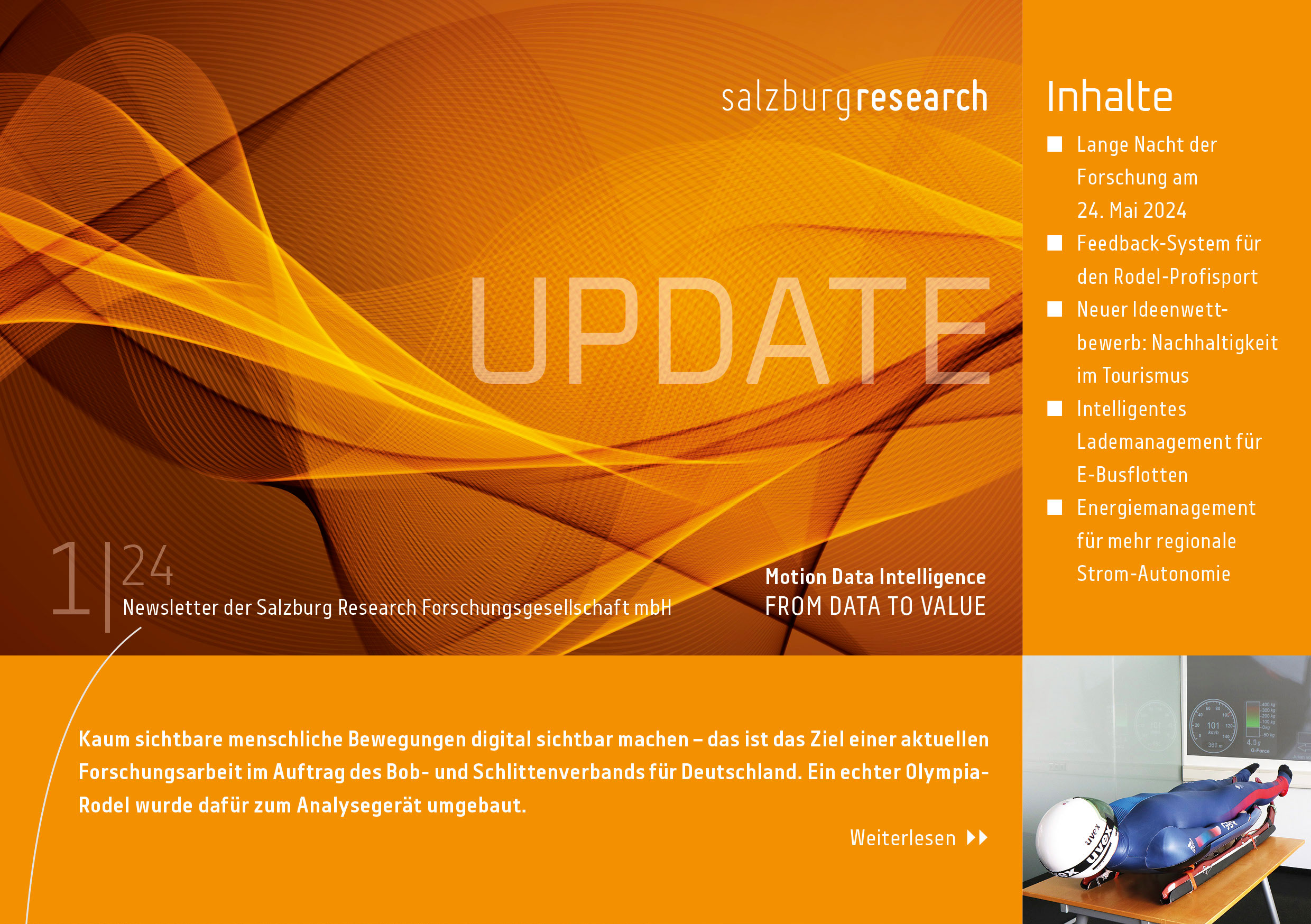Suchergebnisse für: feed
-
Publikation:
An Open Mobile Communications Drive Test Data Set and Its Use for Machine Learning.
[…] can only be of statistical nature and are highly dependent on the actual physical environment. To analyze the stochastic behavior, this paper presents a tool chain for measurement, collection, evaluation, and prediction of controlled mobile communications drive test data. We also publish the underlying data set of measurements covering two years’ worth of highway traffic on a 25 km long section comprising 267 198 data points. We statistically evaluate the data set and validate it with a corresponding data set from another source. Applying machine learning to the data set illustrates possible use cases: Feed-forward neural networks to predict the data rate in five application scenarios, LIME to explain the behavior of the model, and an autoencoder to describe the interaction of five signal strength parameters. The data set and the tool chain show how machine learning can be applied to wireless networks and provide fellow researchers with the means to make further experiments.
-
Publikation:
Design and Implementation of a Gesture-Aided E-Learning Platform.
In gesture-aided learning (GAL), learners perform specific body gestures while rehearsing the associated learning content. Although this form of embodiment has been shown to benefit learning outcomes, it has not yet been incorporated into e-learning. This work presents a generic system design for an online GAL platform. It is comprised of five modules for planning, administering, and monitoring remote GAL lessons. To validate the proposed design, a reference implementation for word learning was demonstrated in a field test. 19 participants independently took a predefined online GAL lesson and rated their experience on the System Usability Scale and a supplemental questionnaire. To monitor the correct gesture execution, the reference implementation recorded the participants’ webcam feeds and uploaded them to the instructor for review. The results from the field test show that the reference implementation is capable of delivering an e-learning experience with GAL elements. Designers of e-learning platforms may use the proposed design to include GAL […]
-
Publikation:
METOKIS – Towards a Seamless Content and Knowledge Exchange Infrastructure.
ABSTRACT: The building of interoperable knowledge based multimedia information systems requires a dialog between those research communities that make advances in content classification through e.g. image analysis, those working on standardisation of multimedia meta data, e.g. the MPEG community and those working on advanced knowledge-based end user applications that can feed and use the emerging Semantic Web. We present the working hypothesis of a new European research project which aims at developing a seamless exchange infrastructure between different data, knowledge and content management architectures and applications. The ultimate goal of the research is to demonstrate ways in which distributed information systems can manipulate complex information objects at a level of abstraction which is close to a conceptual model as it would be used by humans. We illustrate the motivation for the research and present the building blocks of the overall system whose status is work in progress.
-
Publikation:
A Trail Based Internet-Domain Recommender System using Artificial Neural Networks.
This paper discusses the use of artificial neural networks, trained with patterns extracted from trail data, as recommender systems. More specifically, feed-forward Multilayer Perceptrons trained with the Backpropagation Algorithm were used to assign a rating to pairs of domains, based on the number of people that have traversed between them. This rating, applied to the hyper-graph neighborhood of an HTML document, can be used to suggest related domains to the user. The artificial neural network constructed in this project was capable of learning, and thus reproducing, the training set to a great extent. Outside of the training set, several experiments indicated that the artificial neural network becomes both capable of finding domains that are related, and an expert for domains that are relevant for the user community that produced the trail data.
-
Blog:
Open Mobile Communications Drive Test Data Set for Machine Learning
[…] the stochastic behaviour, we created a tool chain for measurement, collection, evaluation, and prediction of controlled mobile communications drive test data. We also published the underlying data set of measurements covering two years‘ worth of highway traffic on a 25 km long section comprising 267198 data points. We statistically evaluated the data set and validated it with a corresponding data set from another source. An application of machine learning to the data set illustrates possible use cases: Feed-forward neural networks to predict the data rate in five application scenarios, LIME to explain the behaviour of the model, and an autoencoder to describe the interaction of five signal strength parameters. The data set and the tool chain show how machine learning can be applied to wireless networks and provide fellow researchers with the means to make further experiments. Approaches to measuring and collecting quality metrics for mobile communications Historically, there have been various disjoint approaches […]
-
Blog:
Wireless Communication Data Sets for Machine Learning
[…] the stochastic behavior, this paper presents a tool chain for measurement, collection, evaluation, and prediction of controlled mobile communications drive test data. We also publish the underlying data set of measurements covering two years’ worth of highway traffic on a 25 km long section comprising 267 198 data points. We statistically evaluate the data set and validate it with a corresponding data set from another source. Applying machine learning to the data set illustrates possible use cases: Feed-forward neural networks to predict the data rate in five application scenarios, LIME to explain the behavior of the model, and an autoencoder to describe the interaction of five signal strength parameters. The data set and the tool chain show how machine learning can be applied to wireless networks and provide fellow researchers with the means to make further experiments. Matthias Herlich, Stefan Farthofer (2020): Wireless Communication Data Sets for Machine Learning. In: 2nd KuVS Fachgespräch „Machine […]


